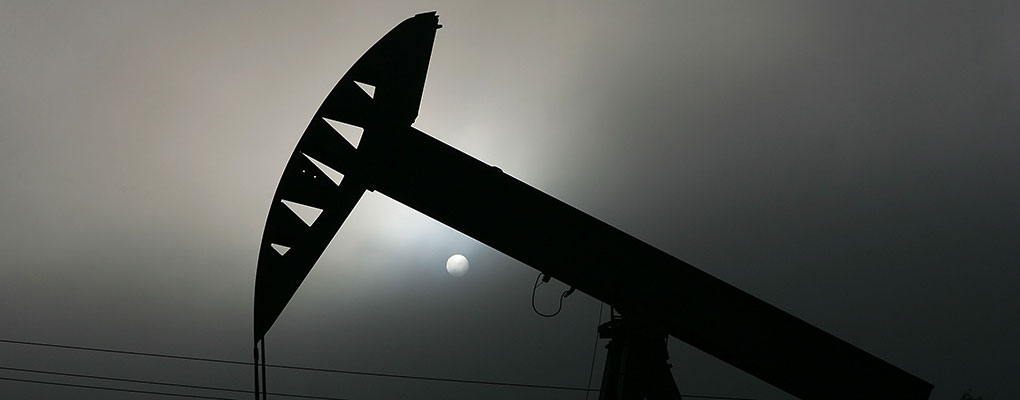
The price of Brent crude oil opened today at $39.55, but saw its price slip to a day low of $38.90 – the furthest the commodity has fallen seen since December 2008.
Investors were likely reacting to the release of the International Energy Agency’s (IEA) final Oil Market Report of the year, which indicated that global demand growth of 1.2 million barrels a day (mb/d) is forecasted in Q1 2016, down from a peak of 2.2 mb/d recorded in Q3 2015.
OPEC’s rationale for keeping production high is that depressed prices will eventually drive up demand in 2016
The decrease in the growth of global demand, however, has not been met with a decrease in supply. The Organisation of the Petroleum Exporting Countries (OPEC) is unwilling to adopt price support measures and has pumped more oil in November than it has done in any month in the last three years.
OPEC’s rationale for keeping production high is that depressed prices will eventually drive up demand in 2016. But in its most recent monthly report, it admitted that its “oil demand forecast for 2016 is subject to considerable uncertainties, depending on the pace of economic growth, development of oil prices, and weather conditions, as well as the impact of substitution and energy policy changes”.
Back in July, the IMF projected a 3.3 percent rise in global output for 2015 and expects to see world GDP growth strengthen to 3.8 percent in 2016. But those estimates look a little too generous, as “the slowdown in global trade and the continuing weakness in investment” has weakened world GDP to just 2.9 percent this year, according to the OECD.
With emerging markets slowing down and the pace of economic growth in China expected to shrink again next year, combined with the fact that OPEC is reluctant to restrict supply, it is looking likely that oil will continue its downward spiral, with some oil producers preparing for prices to fall below £20 a barrel.
“If oil goes to $20, we will need to do additional [spending] cuts. Clearly we have shown that we are very willing to cut fiscal spending in line with an oil price at $60, for example,” Alexei Moiseev, Russia’s deputy finance minister told Reuters. “In order for us to be long-term sustainable [with the] oil price at $40, we need to do additional cuts, but if the oil price goes to $20 we need to do even more cuts.”


